Did Climate Change Cause a Flood of Water Miracles by Italian Saints?
Researchers link a wet period in Tuscany’s past with a rise in tales of water-related works of amazement.
Today in Italy, the scenic Serchio River winds its way for nearly 80 miles through lush Tuscan countryside. Stretches of the river are popular for whitewater rafting, but the modern Serchio is not a particularly dangerous or destructive river. Long ago, however, it raged. During the sixth century, the river frequently flooded the town of Lucca, which sits on a floodplain in its path. According to a local legend that persists today, Lucca was saved by St. Fridianus, an Irish pilgrim who had relocated to Tuscany, where he became a bishop known today as San Frediano. The resourceful bishop, according to the story, used a rake to draw a new course and ordered the Serchio to follow it. The river obliged.
Scientists can trace multiple ancient branches of the Serchio that are now dry, but they have not found conclusive evidence of a sudden change of course in the sixth century. New research has, however, established an intriguing link between a period of anomalous rainfall in northern Italy and an uptick in tales of water-related “miracles,” including the legend of San Frediano taming the Serchio. Its authors say the paper, published in the journal Climatic Change, shows that existing belief systems frame a society’s reaction to climate change—and may provide clues to how we can shape an effective response to the climate crisis currently underway.
“The research gives us a deeper understanding of the many ways society reacts to climate change in the past, in the present, and the future,” says University of Pisa geologist Giovanni Zanchetta, lead author and a native of Lucca. “Especially how our modern societies can respond to global warming, because it’s not just a matter of technology, it is also a matter of our mindset and how we think about reality.”

Zanchetta’s team began the project by studying a stalagmite collected from a cave about 25 miles from Lucca. As water drips down from above, building the feature in layers over time, each mineral-laden droplet deposits information about the environment. Analysis of the stalagmite’s layers allowed researchers to build a detailed record of the region’s precipitation patterns, including during the sixth century—“probably one of the best records ever dated for this period in the Mediterranean,” says Zanchetta. They found a significant increase in rainfall during this time, likely the result of a shift in a phenomenon known as the North Atlantic Oscillation: Much like the more famous El Niño-La Niña of the Pacific, this irregular fluctuation in atmospheric pressure affects how storms grow and travel across the ocean. Although the record preserved in the stalagmite’s layers represents some of the first scientific data to show the sixth century was a wet one for northern Italy, many historical accounts exist of flooding, torrential downpours and other water-related events during that period.
Colleagues then examined archives detailing alleged miracles performed by saints and found, overall, water-related acts were rare. However, when studying events described in a text likely written by Pope Gregory I, the team found that in parts of Italy during the sixth century—including Tuscany—more than 20 percent of miracles were linked to water.
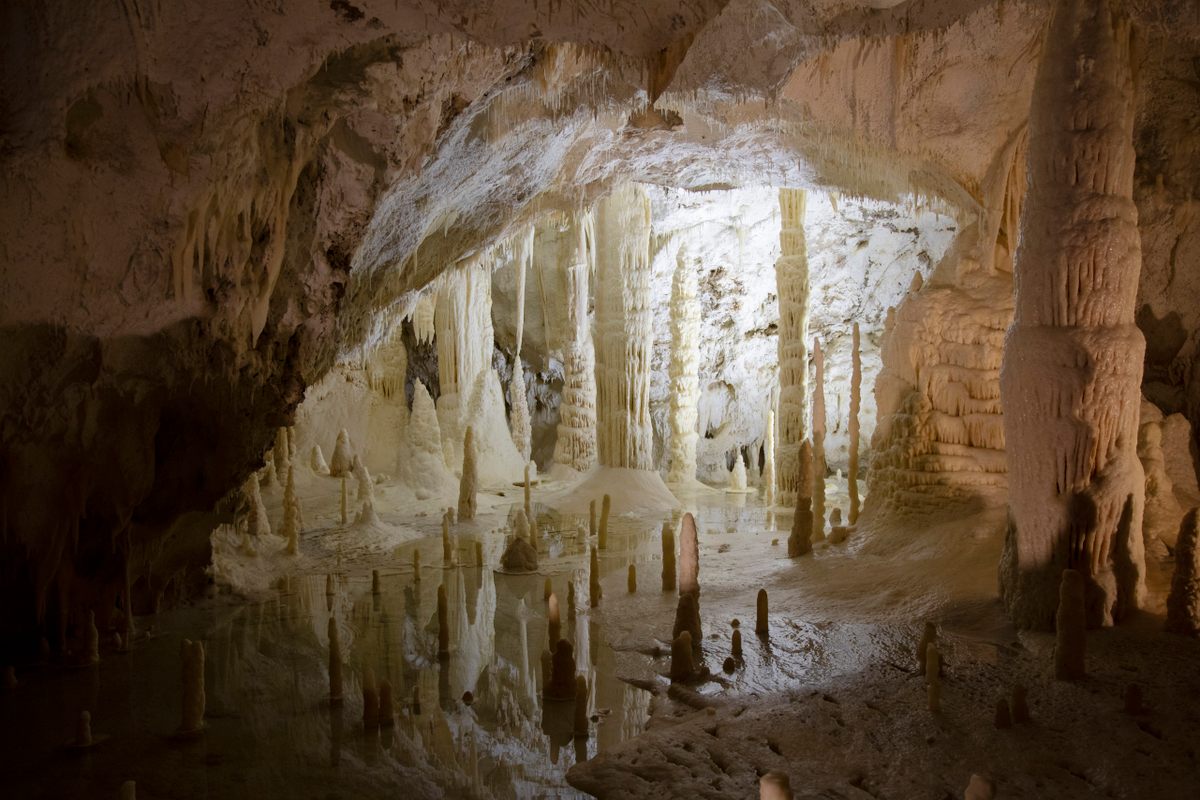
“These are all types of different kinds of miracles… Each one has something specific and unique about it,” says Adam Izdebski, an environmental historian at the Max Planck Institute in Germany and a co-author of the paper. For example, according to Gregory’s writings, St. Martinus created a new water source in a Tuscan cave, while, in another story, the ship carrying the body of St. Cerbonius was miraculously spared from a squall. Izdebski’s personal favorite miracle was that of St. Scholastica, visiting her twin brother Benedict—she calls up a storm so she has an excuse to stay longer.
Izdebski sees these new, water-focused miracles that emerge in the sixth century as “a cultural response at the time of very extreme rainfall.” He adds that we usually think of the impact of climate change on a society as economic, or perhaps spurring the technological innovations needed to adapt to the new conditions. “It’s actually extremely rare that we have the cultural impact of climate, but here, we are able to trace it,” Izdebski says. He calls their findings an example of “how environmental phenomena impact human minds and our mentality.”
Some researchers are less enthusiastic about the team’s conclusions. Kristina Sessa, a historian at Ohio State University who was not involved in the new study, says it may be an oversimplification to suggest that Italy’s sixth-century precipitation anomaly led Pope Gregory to write about saintly water-works. “It is harder to make the case that a specific, highly regional development in Italy was what drove Gregory to include (water-related miracles),” says Sessa, adding that Zanchetta and colleagues did not appear to have researched the pope’s general worldview when preparing the paper.
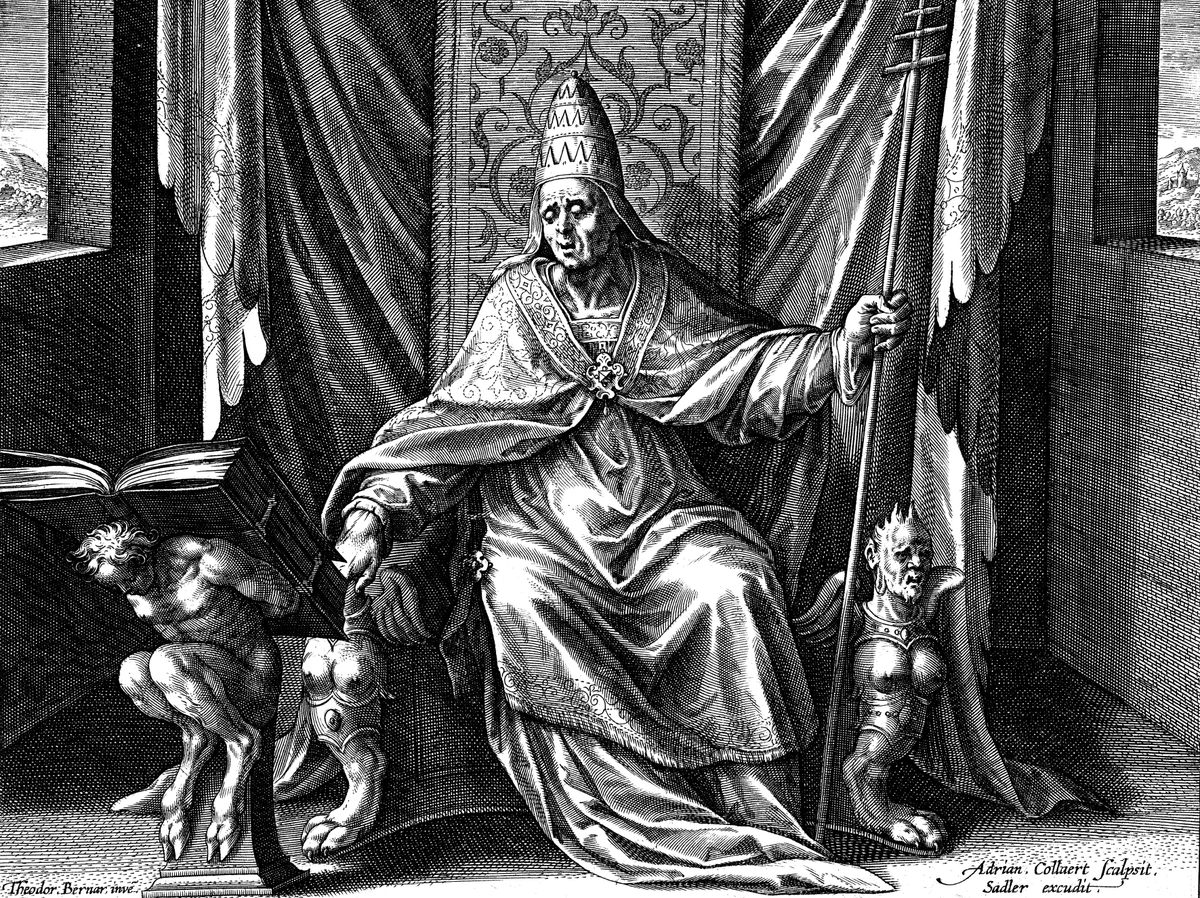
For Princeton University historian John Haldon, however, the new research is intriguing, and reinforces the idea that the culture of a society frames that society’s understanding and experience of climate change. Staunchly Catholic sixth-century Italy, for example, perceived anomalous precipitation and flooding through the lens of religion, particularly the works of saints. Says Haldon, who was not involved in the new study: “Climate changes generally act to exacerbate, or ameliorate, existing societal trajectories.”
Zanchetta and colleagues may soon have additional evidence to make their case for climate change-driven miracle stories in Italy—and to learn more about how societies in general respond to environmental crises. The team plans to broaden their research to other parts of Europe, comparing local paleoclimate data with historical records of cultural changes occurring at the time.
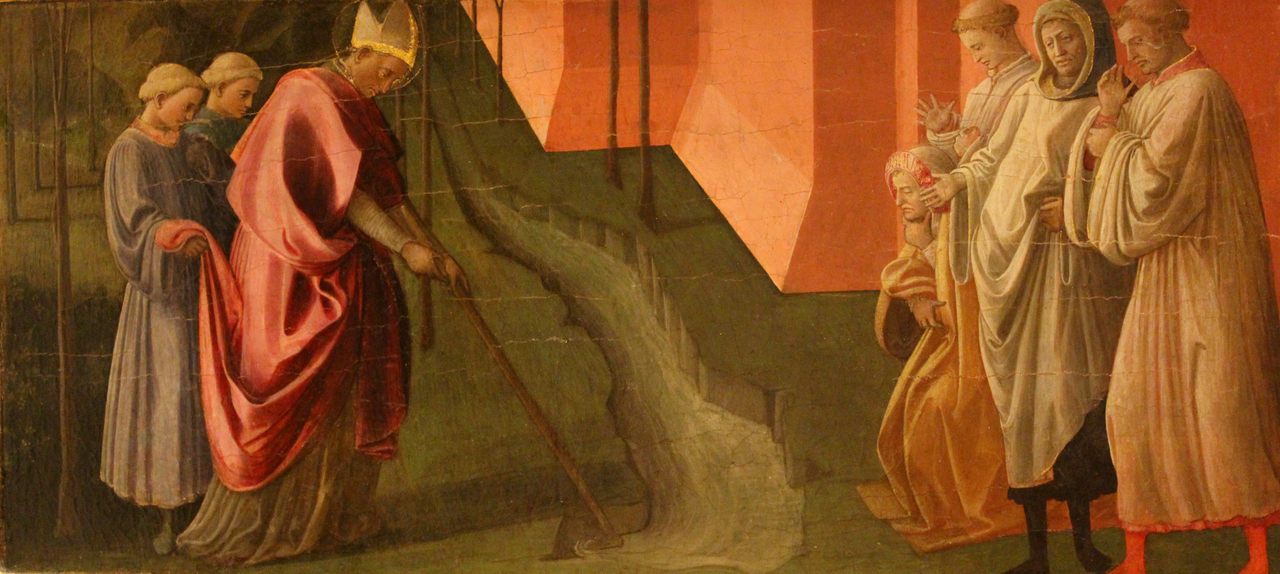



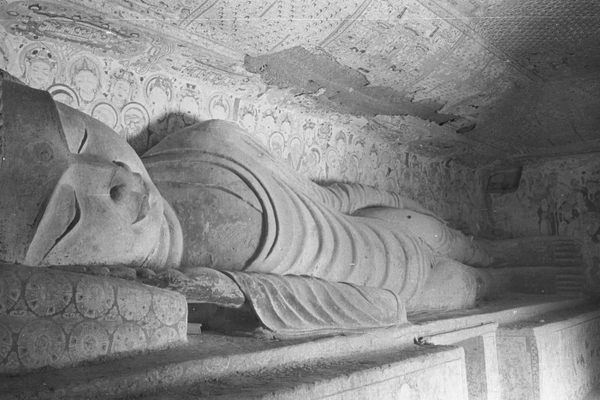
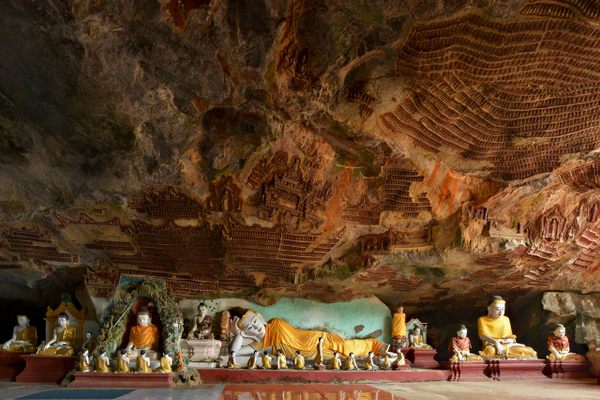

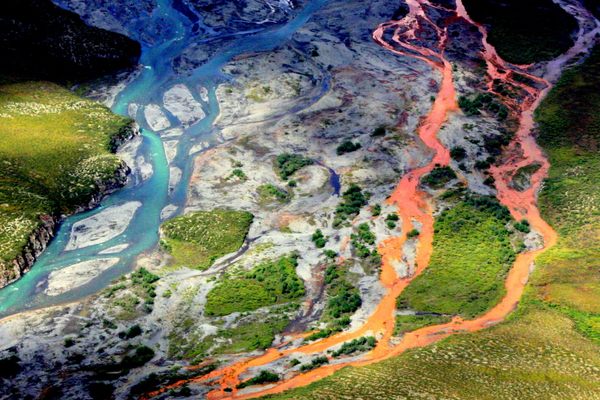
























Follow us on Twitter to get the latest on the world's hidden wonders.
Like us on Facebook to get the latest on the world's hidden wonders.
Follow us on Twitter Like us on Facebook